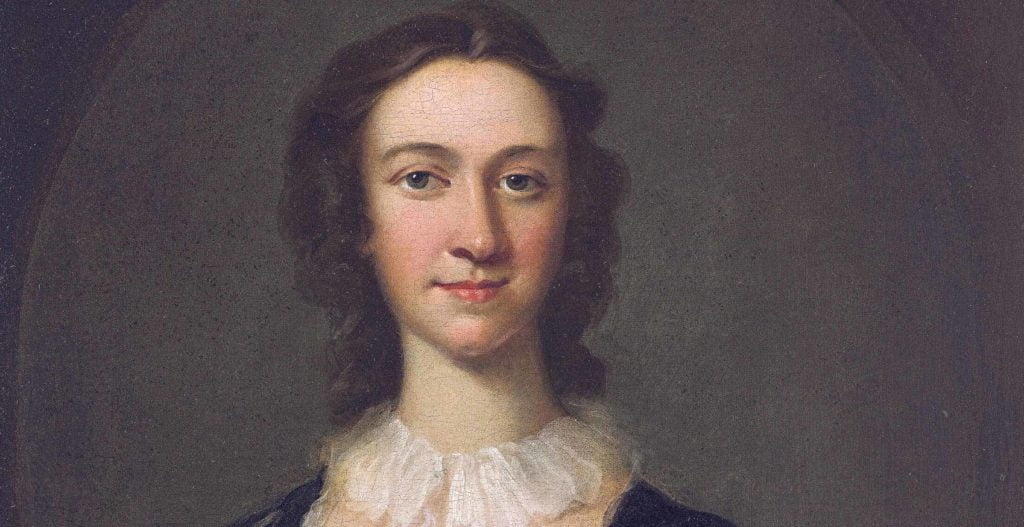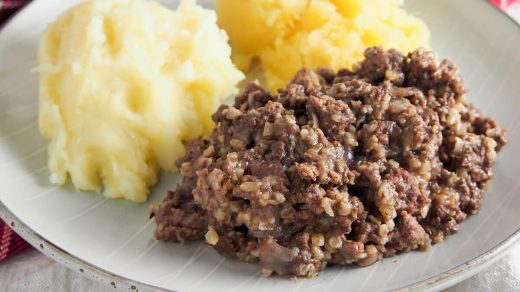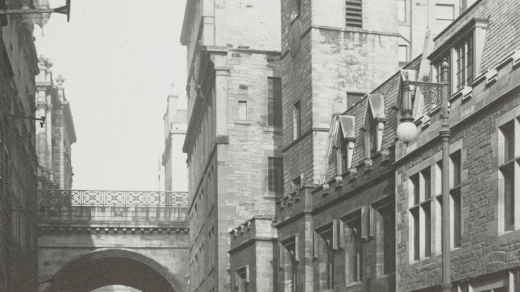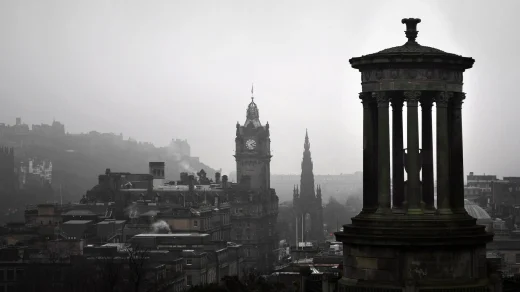Flora MacDonald (Gaelic: Fionnghal nic Dhòmhnaill); (1722 – 5 March 1790) was a member of the Macdonalds of Sleat, who helped Charles Edward Stuart evade government troops after the Battle of Culloden in April 1746. Her family supported the government during 1745 Rising and Flora later claimed to have assisted Charles out of sympathy for his situation.
She was arrested and held in the Tower of London but released under a general amnesty in June 1747. She later married Allan MacDonald and the couple emigrated to North Carolina in 1773. Their support for the British government during the American War of Independence meant the loss of their American estates and they returned to Scotland, where Flora died in 1790.

Early life
Flora was born in 1722 at Milton on the island of South Uist in the Outer Hebrides, third and last child of Ranald MacDonald (d. 1723) and his second wife Marion. Her father was a member of the minor gentry, being tacksman and leaseholder of Milton and Balivanich; she had two brothers, Angus, who later inherited the Milton tack and Ronald, who died young.
Her father died soon after her birth and in 1728, her mother remarried Hugh MacDonald of Armadale, Skye. Flora was brought up by her father’s cousin, Sir Alexander MacDonald of Sleat and suggestions she was educated in Edinburgh have not been confirmed. While some MacDonalds remained Catholic, particularly in the Islands, her family was part of the Presbyterian majority.
The escape of Prince Charles Edward Stuart
Flora was visiting Benbecula in the Outer Hebrides when Prince Charles and a small group of aides took refuge there after the Battle of Culloden in June 1746. One of his companions, Captain Conn O’Neill from County Antrim was distantly related to Flora and asked for her help.
MacDonald of Sleat had not joined the Rebellion and Benbecula was controlled by a pro-government militia commanded by Flora’s step-father, Hugh MacDonald. This connection allowed her to obtain the necessary permits but she apparently hesitated, fearing the consequences for her family if they were caught. She may have been taking less of a risk than it appears; witnesses later claimed Hugh advised the Prince where to hide from his search parties.
Passes were issued allowing passage to the mainland for Flora, a boat’s crew of six men and two personal servants, including Charles disguised as an Irish maid called Betty Burke. On 27 June, they landed near Sir Alexander’s house at Monkstadt, near Kilbride, Skye. In his absence, his wife Lady Margaret arranged lodging with her steward, MacDonald of Kingsburgh, who told Charles to remove his disguise, as it simply made him more conspicuous. The next day, Charles was taken from Portree to the island of Raasay; Flora remained on Skye and they never met again.
Two weeks later, the boatmen were detained and confessed; Flora and Kingsburgh were arrested and taken to the Tower of London. After Lady Margaret interceded on her behalf with the chief Scottish legal officer, Duncan Forbes of Culloden, she was allowed to live outside the Tower under the supervision of a “King’s Messenger” and released after the June 1747 Act of Indemnity. Aristocratic sympathisers collected over £1,500 for her, one of the contributors being Frederick, Prince of Wales, heir to the throne; Flora allegedly told him she helped Charles out of charity and would have done the same for him.
On 6 November 1750, at the age of 28, she married Allan MacDonald, a captain in the British army and Kingsburgh’s eldest son. The couple first lived at Flodigarry, Skye and inherited the family estate after Kingsburgh died in 1772. The writer Samuel Johnson, who met her in 1773 during his visit to the island, described her as “a woman of soft features, gentle manners, kind soul and elegant presence”. He was also the author of the inscription on her memorial at Kilmuir: “a name that will be mentioned in history, and if courage and fidelity be virtues, mentioned with honour”.
Emigration to North Carolina.
Allan MacDonald served in the 114th and 62nd Regiments of Foot during the 1756–1763 Seven Years’ War but was a poor businessman. After quarrelling with his clan chief over rent, he and Flora emigrated to Anson County, North Carolina in 1774 where they settled on an estate near Mountain Creek, named ‘Killegray’. When the American War of Independence began in 1775, Allan raised the Anson Battalion of the Loyalist North Carolina Militia, a total of around 1,000 men, including his sons Alexander and James. En route to the coast for collection by British transports, they were attacked by an American force at the Battle of Moore’s Creek Bridge on 28 February 1776 and Allan was taken, prisoner.
In April 1777, the North Carolina Provincial Congress confiscated Loyalist-owned property and Flora was evicted from Killegray, with the loss of all her possessions. After 18 months in captivity, Allan was released in September 1777; he was posted to Fort Edward, Nova Scotia as commander of the 84th Regiment of Foot where Flora joined him in August 1778.
Return to Skye.
After a harsh winter in Halifax, Nova Scotia, in September 1779 Flora took passage for London in the Dunmore, a British privateer; during the voyage, she broke her arm and ill-health delayed her return to Scotland until spring 1780.
She spent the next few years living with various family members, including Dunvegan, home of her son-in-law Major General Alexander Macleod, the largest landowner in Skye after the MacDonalds. The compensation received for the loss of their North Carolina estates was insufficient to allow them to settle in Nova Scotia and Allan returned to Scotland in 1784. Since Kingsburgh was now occupied by Flora’s half-sister and her husband, Flora and Allan settled on the nearby tack of Penduin.
She died in 1790 at the age of 68 and was buried in Kilmuir Cemetery, her husband following in September 1792. They had seven surviving children, two daughters and five sons, two of whom were lost at sea in 1781 and 1782; a third son John made his fortune in India, enabling his parents to spend their last years in some comfort.




Were there more than on clan of MacDonald back then? I ask because Flora was a MacDonald both before she got married and after that.
hiya, yeah there were hundreds of variations, back then, thank you for you visit friend..